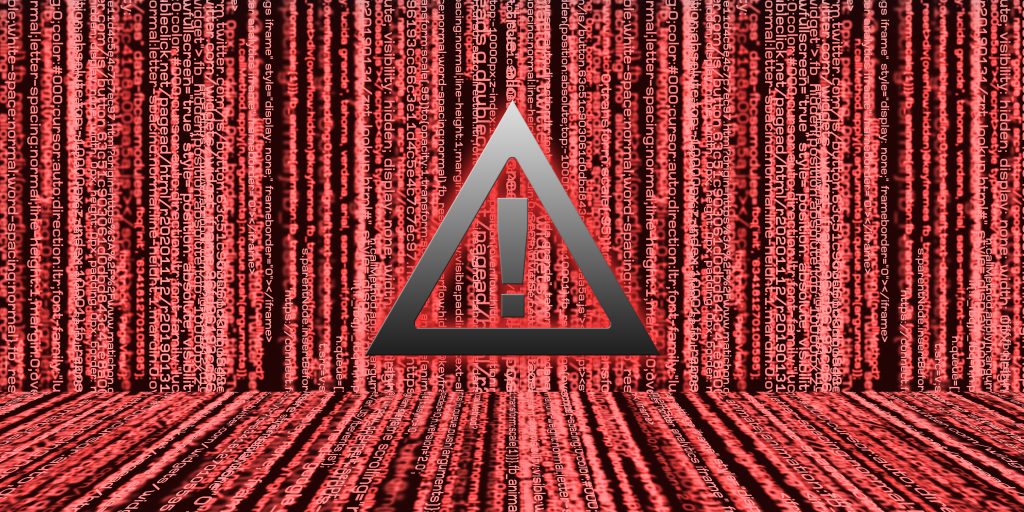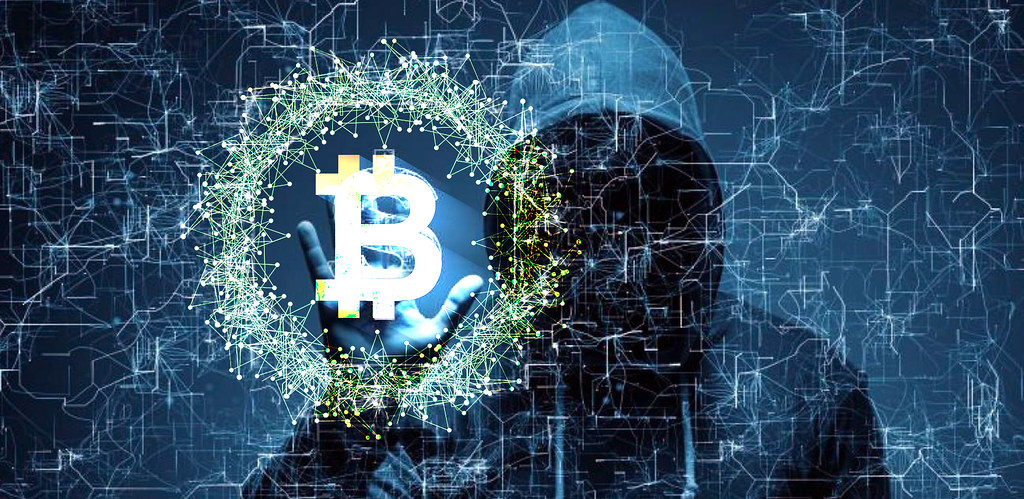Welcome to the wild world of cryptocurrencies, where fortunes can be made overnight, and unfortunately, lost just as quickly. If you’re new to the blockchain and crypto scene, it’s essential to be aware of potential scams and pitfalls. One such infamous scam is the “rug pull.” In this article, we’ll provide you with the know-how to avoid getting “rug pulled” and losing your hard-earned digital riches.
Defining a Rug Pull


A rug pull is a sneaky scam that occurs in the cryptocurrency space. It’s like a high-tech heist, where scammers exploit investors’ trust and the decentralized nature of cryptocurrencies. In a nutshell, rug pulls involve developers or project leaders pulling the rug from under their investors, leaving them with worthless tokens and empty pockets.
Hard Pulls vs Soft Pulls: A Deeper Dive
Rug pulls can be categorized into two main types: hard pulls and soft pulls. To help you get a better grasp of these concepts, let’s dive deeper into the differences between the two, and illustrate them with a handy table.
| Type | Definition | Examples | Key Characteristics |
|---|---|---|---|
| Hard Pulls | Malicious actions taken by project developers, involving coding backdoors into their tokens or stealing liquidity. | Malicious code, liquidity stealing | Clear intent to commit fraud, often leading to a total loss of funds and plummeting token value. |
| Soft Pulls | Unethical behavior by token developers or early investors, dumping their crypto assets quickly. | Token dumping by developers or early investors | May not be criminal acts, but result in severely devalued tokens in the hands of the remaining crypto investors. |
Hard Pulls: Malicious Code and Liquidity Stealing
Hard rug pulls involve project developers creating hidden exploits in their smart contracts, known as malicious backdoors. These backdoors are coded into the project from the very beginning, with the intent to commit fraud. Liquidity stealing is also considered a hard pull, as it typically involves the sudden removal of liquidity from decentralized exchanges, rendering tokens worthless and causing investors to lose all their funds.
Soft Pulls: Token Dumping
Soft rug pulls, on the other hand, refer to situations where token developers or early investors offload their crypto assets quickly, causing the token’s value to collapse. While this practice is certainly unethical, it may not be a criminal act like hard pulls. Nevertheless, soft pulls leave the remaining crypto investors holding severely devalued tokens and facing significant losses.
By understanding the differences between hard and soft rug pulls, you’ll be better equipped to identify potential scams and protect your investments in the fast-paced world of cryptocurrencies.
Various Types of Rug Pulls: Exploring the Scam Spectrum


While hard and soft rug pulls are the primary categories, there are several other types of rug pulls that investors should be aware of. Let’s take a closer look at three common types of rug pull scams and how they operate.
1. Liquidity Stealing
Liquidity stealing is a type of rug pull where scammers suddenly remove liquidity from decentralized exchanges (DEXs). This action renders the associated tokens worthless, as investors are no longer able to trade or sell them. Scammers often pull this off by exploiting a vulnerability in the smart contract, allowing them to drain the liquidity pool and walk away with the funds.
2. Limiting Sell Orders
In this type of rug pull, scammers impose restrictions on selling tokens, artificially maintaining the token’s value. Investors may be lured in by the seemingly stable or rising price, unaware that they will be unable to sell their tokens. The scammers can then gradually sell their own tokens, profiting from the artificially inflated value.
3. Dumping
Dumping occurs when developers or early investors offload large amounts of tokens in a short period of time. This massive sale causes the token’s value to collapse, leaving the remaining investors with a severely devalued asset. As mentioned earlier, this type of rug pull is considered a soft pull and may not be a criminal act like hard pulls.
Ethics and Legality of Rug Pulls: Navigating the Moral and Legal Maze


Rug pulls raise numerous ethical and legal concerns, primarily due to the deception and exploitation of investors. Let’s examine the ethical issues and legal implications associated with rug pull scams.
Ethical Concerns
Rug pulls are inherently deceptive, as they involve scammers manipulating the trust of investors to profit at their expense. This exploitation of trust not only causes financial harm to investors but also undermines the credibility of the entire cryptocurrency ecosystem. Additionally, rug pulls often target inexperienced investors, further amplifying the ethical issues surrounding these scams.
Legal Implications
While some rug pulls, like hard pulls, may be clear-cut cases of fraud and illegal activities, others (such as soft pulls) occupy a gray area in terms of legality. The decentralized nature of cryptocurrencies and the lack of comprehensive regulations make it challenging to identify, prosecute, and penalize rug pull scammers.
However, authorities worldwide are working on developing and implementing cryptocurrency legislation to address these scams and protect investors. This evolving regulatory landscape is likely to have a significant impact on rug pull scams and the broader crypto market.
Challenges in Prosecuting Rug Pull Scammers
One of the primary obstacles in addressing rug pull scams is the difficulty in identifying the perpetrators. Many scammers use anonymous or fake identities, making it nearly impossible to track them down. Additionally, the decentralized nature of blockchain technology and the use of cryptocurrencies can further complicate efforts to pinpoint and prosecute scammers.
Moreover, the global nature of the cryptocurrency market presents jurisdictional challenges for law enforcement agencies, as different countries have varying levels of regulation and enforcement. This lack of cohesive international regulation and cooperation can create safe havens for scammers to operate with relative impunity.
Despite these challenges, authorities worldwide are making progress in developing and implementing regulatory frameworks to combat rug pull scams and other types of cryptocurrency fraud. As these efforts continue, it is expected that the legal landscape will become more effective in deterring and punishing those who engage in rug pull scams.
Common Characteristics of Rug Pull Scams: Red Flags to Watch Out For


Rug pull scams can be quite deceptive, but there are some common characteristics that can help you identify potential scams. Keep an eye out for these red flags:
#1 – Tokenomics
Suspicious token distribution, minting, and burning mechanisms can indicate a rug pull. For example, if a project’s token allocation heavily favors the developers or early investors, or if there are unclear rules about token supply and burning, you should approach the project with caution.
#2 – Team Anonymity
Hidden or fake team member identities can be a strong indication of a rug pull. Scammers often use anonymity to avoid accountability and make it difficult for investors to verify the legitimacy of the project. Legitimate projects usually have transparent teams with verifiable credentials and experience.
#3 – Marketing Tactics
Exaggerated promises, hype, and social media manipulation are common in rug pull scams. Scammers often use aggressive marketing to lure in inexperienced investors and inflate the perceived value of their tokens. Be wary of projects that seem too good to be true or rely heavily on hype.
#4 – Code Vulnerabilities
Potential backdoors, unaudited, or closed-source smart contracts are another major red flag. Scammers can exploit these vulnerabilities to manipulate the project and defraud investors. Always look for projects with audited smart contracts and open-source code, as these are more likely to be secure and trustworthy.
Examples of Rug Pull Scams


The SQUID token rug pull
In the SQUID token rug pull, investors were lured in by the popularity of the Squid Game-themed project. However, the project turned out to be a rug pull, with the developers suddenly disappearing and the token’s value plummeting to zero.
The Frosties NFT rug pull
The Frosties NFT rug pull involved the sale of digital collectibles in the form of non-fungible tokens (NFTs). After raising a significant amount of money from investors, the project’s developers vanished, leaving investors with worthless NFTs.
The Consequences of Rug Pull Scams
Rug pull scams have far-reaching consequences that impact not only individual investors but also the entire cryptocurrency ecosystem. The immediate financial loss for investors can be substantial, as they may lose their entire investment in the affected token. This loss can be especially devastating for inexperienced or first-time investors who may not have diversified their portfolios.
Moreover, rug pull scams also damage the reputation of the cryptocurrency ecosystem as a whole. As these scams continue to make headlines, public trust in the industry may erode, making it difficult for legitimate projects to gain traction and attract new investors. The negative perception surrounding the industry can also deter institutional investors and regulators from embracing cryptocurrencies, hindering the overall growth and adoption of blockchain technology.
How to Protect Yourself from Rug Pull Scams?


While the risks associated with rug pull scams are real, you can take several proactive measures to protect yourself and your investments:
‣ Conduct Thorough Research on Projects and Their Teams
Before investing in any cryptocurrency project, take the time to research the project’s background, team members, and their credentials. Look for transparency and verifiable experience in the crypto industry, as these factors can indicate a more trustworthy project.
‣ Understand Tokenomics and Potential Red Flags
Learn about the project’s tokenomics, including its token distribution, minting, and burning mechanisms. Be wary of projects with suspicious token allocation or unclear rules about token supply, as these factors can indicate a potential rug pull.
‣ Evaluate Smart Contract Code and Audits
Before investing, review the project’s smart contract code and audits. Look for audited smart contracts and open-source code, as these can help ensure the project is secure and legitimate. Avoid projects with unaudited or closed-source smart contracts, as these can be exploited by scammers.
‣ Assess Community Sentiment and Engagement
Examine the project’s community, including its social media presence and engagement on platforms like Telegram and Discord. A strong, engaged community can be a good sign of a legitimate project, while a lack of engagement or an abundance of negative sentiment may indicate a potential scam.
‣ Diversify Investments and Manage Risk
Finally, diversify your investments across multiple projects and asset classes to minimize the risk of significant losses from a single rug pull. This strategy can help protect your overall portfolio and make it more resilient in the face of potential scams.
Future Outlook and Industry Efforts to Combat Rug Pulls
As the cryptocurrency industry matures, various efforts are being made to combat rug pull scams and create a more secure environment for investors. One crucial aspect of this is the development of new legislation and regulations aimed at protecting investors and penalizing scammers. As regulatory frameworks evolve, rug pull scams are expected to become more difficult to execute and more likely to result in consequences for the perpetrators.
The crypto community itself is also actively working to raise awareness about rug pull scams and share information on potential threats. Investors can access resources and tools through social media, forums, and dedicated websites to help identify and avoid scams.
In addition to regulatory and community efforts, technology is playing a significant role in combating rug pull scams. Developers and security experts continue to create new technologies and tools to detect and prevent these scams, such as improved smart contract audits, automated monitoring tools, and decentralized platforms designed to promote transparency and security within the crypto space.
By staying informed and adopting proactive measures to protect investments, investors can navigate the cryptocurrency market with greater confidence and minimize the risk of falling victim to a rug pull scam. This collaborative approach will contribute to a more secure and trustworthy crypto ecosystem for all market participants.









